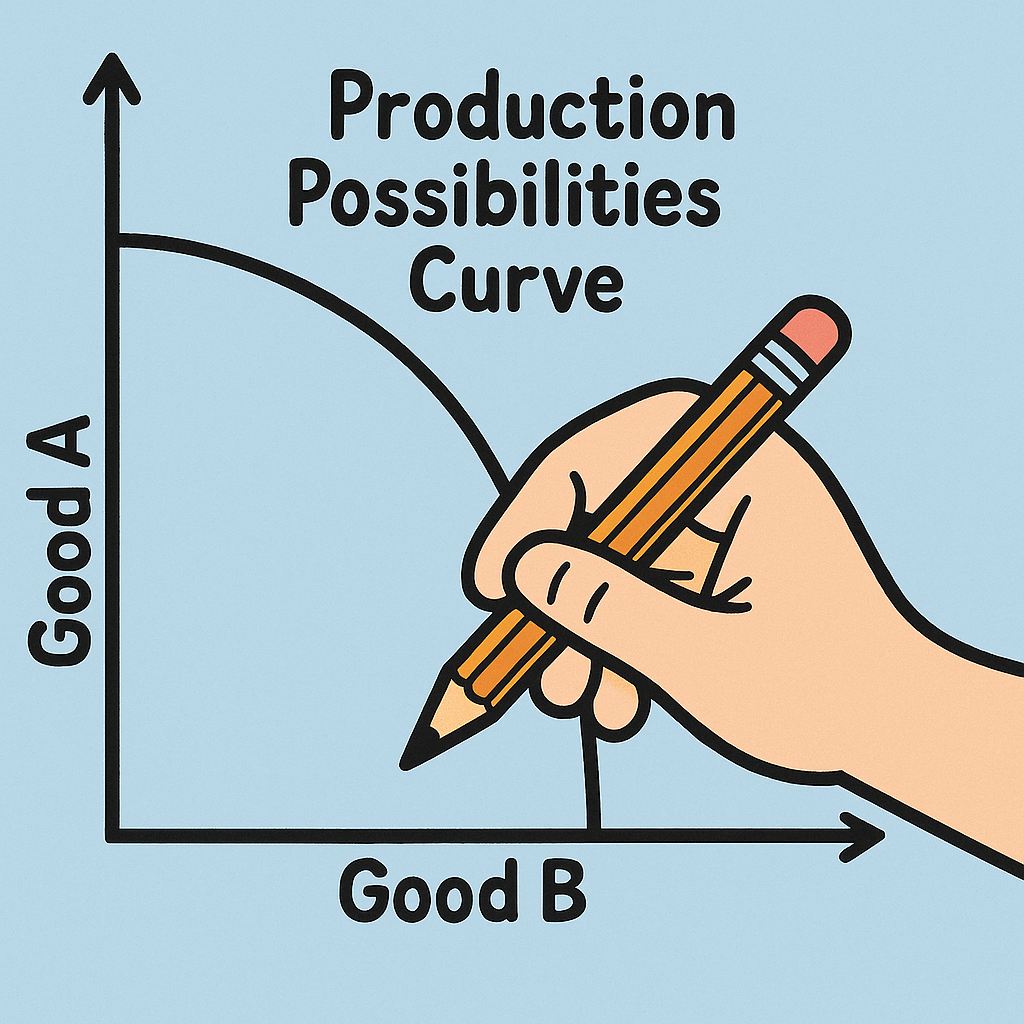
Grades 6-8

Don't have an account yet? Sign up for free
Don't have an account yet? Sign up for free
Students will be able to:

In this economics lesson, students will compare demand and quantity demanded to learn about consumer behavior.
Warm-Up
Open the Would You Demand It PowerPoint Slides and display it on a projector screen for the class. Show slide 2: Average Cell Phone Prices. Ask students what they think the price of the first cell phone sold to the general public back in 1983 cost (which was the DynaTAC8000X). It was $3,995. The only functionality that it had was make or receive phone calls. Ask students how many of them would be willing to pay $4,000 for a basic phone with no other features. Tell students that cell phones have evolved into smart phones and prices have changed significantly. The slide shows the average price of cell phones for 2011 ($135), 2015 ($531) and 2017 ($567).
Ask student to explain why prices increased during this time period. Answers should include an increase in the number of features, memory, etc.) Ask students what they think would happen if the price of today’s cell phones were only $5. Most likely, more people would want to buy them because the price is so low. Explain that low prices tend to increase the quantity demanded for goods and services, while higher prices tend to decrease the quantity demanded. This inverse relationship between price and demand is called the law of demand. Understanding this concept will help them appreciate the role of consumers in the marketplace.
Modeling
Review slides 3-6. Print and make copies of slide 4 only so that students can create their own graphs. Talking points for each slide are included in notes section of the slide deck. Display slide 3: Demand Schedule for Cell Phones. Tell students they have a maximum of $250 to spend. With that amount available, ask how many cell phones they would purchase at each price level. Record their answers on the board. Explain that their answers represent the market demand for cell phones.
Display slide 4: Plotting the Demand Schedule. Tell students they will use the data in the market demand schedule to create a graph showing the relationship between price and the quantity demanded. Distribute copies of slide 4 to students or have them draw the graph in their notebook. Have students create a market demand graph with prices on the vertical axis and quantity on the horizontal axis. After students have completed their graphs, discuss how it shows more cell phones are demanded when prices are low than when prices are high – as illustrated by the down-sloping demand curve.
Display slide 5-6: Demand and Supply Explained/Econ 2.1. Use talking notes in slides.
Individual Activity
Distribute copies of the Would You Demand It Crossword Puzzle to help students review the terms used in this lesson. Use the Would You Demand It Crossword Puzzle Answer Key as a reference. Debrief the activity by asking if they have any questions about demand.
Distribute a copy of Choose that Law of Demand to each student. Have students complete the assessment and submit their handout. Use the Choose that Law of Demand Answer Key as a reference.
Activity 1
Display the video called Normal and Inferior Goods by Khan Academy. This video explains income effect and how it relates to demand. After students watch the video, individually or as a class, have the students participate in a discussion of the information presented.
1. Based on the lesson from the video, would frozen vegetables be considered a normal or inferior good? Encourage students to explain their responses.
Possible answers: Frozen vegetables are inferior goods. As income increases, the demand for frozen vegetables decreases. In the video, an increase in income caused consumers to buy fewer of the least expensive cars. Instead, consumers chose to buy more expensive cars, because they could now afford them. Likewise, consumers would buy fewer frozen vegetables. Instead, they would buy more expensive fresh vegetables, because they can now afford them.
2. The video reported that laptops are normal goods. Are other electronics, like music players, cell phones, and televisions also normal goods? Encourage students to explain their responses.
Possible answers: Music players, cell phones, and televisions are normal goods. There is a positive relationship between their demands and income. As income increases, the demand for these goods increase. As income decreases, the demand for these goods also decrease.
3. Explain shifts of the demand curve as demonstrated in the video.
Possible answers: Shifting the demand curve to the right shows an increase in demand. This shift indicates that quantity demanded is higher at each price level. In the video, an increase in income caused the demand curve to shift to the right for normal goods. Shifting the demand curve to the left shows a decrease in demand. This shift means that quantity demanded is lower at each price level. In the video, an increase in income caused the demand curve to shift to the left for inferior goods.
4. Ask the students to consider how future expectations of income affect demand. For example, if the students expect their incomes to increase in the future, how will this affect their demand for most goods and services in the present?
Possible answers: Consumer demand in the present will increase with future expectations of higher incomes. Consumers now view themselves as possessing more wealth, because they expect to earn more income.
5. If students expect their future incomes to decrease, how will this affect their demand for most goods and services in the present?
Possible answers: Consumer demand in the present will decrease with future expectations of lower incomes. Consumers will decrease current spending to save more money for the future when they have less income.
Activity 2
Tell students this activity is designed to help them better understand the concept of demand, which reflects consumer behavior in the marketplace.
Have students read the following passage from Money Matters: An Introduction to Economics by Barbara Gottfried Hollander (Chicago, IL: Heinemann Library, 2011) to learn more about the determinants of demand:
“Specific factors, such as population and climate, also influence demand. Generally, a place with more people (population) will mean there is a higher demand for goods and services. This is because there are more consumers to buy products. Different climates also affect the demand for certain products. For example, people demand more ski equipment in cold climates, but swimsuits in warmer areas.”
Have students read this article from The New York Times Warm Winter Deflates Prospects for Retailers by Stephanie Clifford to find out how a warmer winter affected the demand for winter clothing, salt for icy walkways, and other things such as flu shots.
Have students write one to two sentences to answer each of the following questions:
1. Based on The New York Times article, how did weather conditions affect the demand for winter-related products?
Answer: A warmer winter decreased the demand for winter-related products. Consumers did not buy products for colder weather, because they did not expect to need them.
2. What could retailers do in this situation to increase the quantity demanded and sell more winter-related products?
Answer: They could reduce the price to find the equilibrium point and sell the remaining products; in other words, they could have a sale on the winter-related products.
Activity 3
Print and distribute copies of Name that Demand. This activity may be used as an additional group activity or review of the concepts presented in the lesson to reinforce the terms and concepts related to demand. Review the answers after completion. Answers are made available in the Name That Demand Factor Answer Key.

Grades 6-8

Grades 9-12

Grades 9-12

Grades K-2, 3-5
